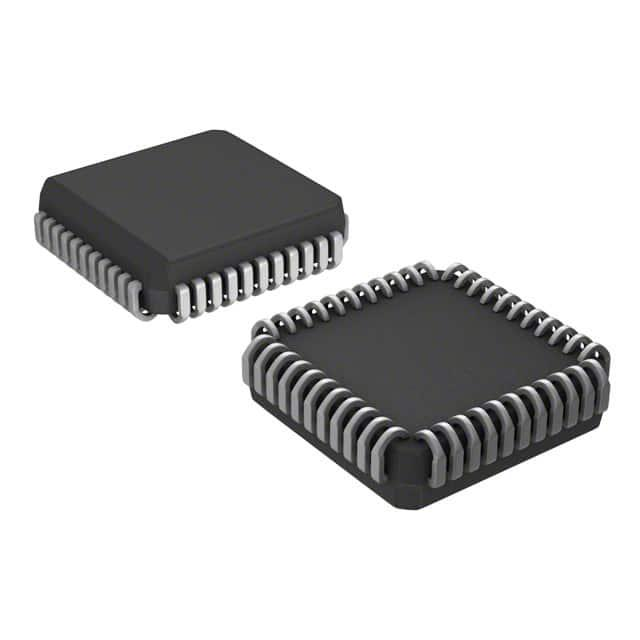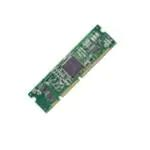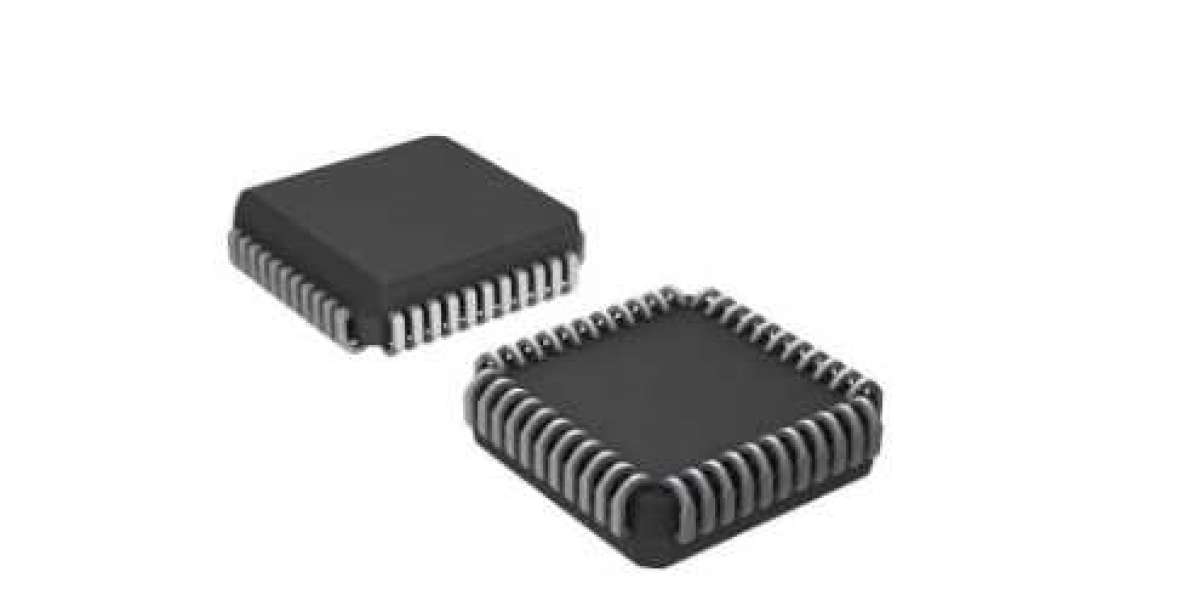Introduction
field programmable gate arrays - fpgas have become essential components in modern electronics, enabling designers to implement complex digital logic functions with flexibility and efficiency. Unlike fixed-function integrated circuits, FPGAs can be reconfigured to suit specific applications after manufacturing, making them invaluable in various fields, from telecommunications to automotive systems. This article provides an in-depth exploration of FPGAs, their inner workings, types, applications, and leading manufacturers.
What are FPGAs?
FPGAs are semiconductor devices that consist of an array of programmable logic blocks, interconnects, and input/output (I/O) pins. They are designed to be configured by the user after production, allowing for a high degree of customization and adaptability. This capability makes FPGAs a popular choice for prototyping, low-volume production, and applications that require frequent updates.
Key Components of FPGAs
Logic Blocks: These are the fundamental building blocks of FPGAs. Each logic block typically contains Look-Up Tables (LUTs), which can implement various logic functions, and flip-flops for storing state information.
Interconnect Resources: These are the programmable pathways that connect the logic blocks, allowing designers to route signals between them.
I/O Blocks: These blocks manage the interface between the FPGA and the external environment. They can handle various voltage levels and signaling standards.
Configuration Memory: FPGAs use configuration memory to store the programming data that defines the logic and interconnections within the device. This memory can be static or dynamic, depending on the FPGA architecture.
How FPGAs Work
FPGAs are programmed using hardware description languages (HDLs) such as VHDL or Verilog. Designers write code that describes the desired logic and behavior of the FPGA, which is then synthesized into a configuration bitstream. This bitstream is loaded into the FPGA, configuring its logic blocks and interconnections.
Programming and Configuration
The programming process involves several steps:
Design Entry: Designers create a representation of the desired circuit using HDLs or graphical tools.
Synthesis: The HDL code is converted into a netlist, which describes the logic gates and interconnections needed.
Implementation: The netlist is mapped to the FPGA's architecture, optimizing for space and performance.
Bitstream Generation: A configuration file is generated, which can be loaded onto the FPGA to implement the desired design.
Configuration: The FPGA is programmed using the bitstream, which configures the device's logic blocks and interconnects.
Configuration Methods
FPGAs can be configured in various ways, including:
Static Configuration: The FPGA is programmed once during manufacturing and retains its configuration until powered off.
Dynamic Configuration: The FPGA can be reconfigured multiple times during operation, allowing for on-the-fly updates and changes to the logic.
Types of FPGAs
FPGAs come in several varieties, each tailored to specific applications and performance requirements:
Standard FPGAs: These are general-purpose FPGAs suitable for a wide range of applications, offering a balance between performance, power consumption, and cost.
High-Performance FPGAs: Designed for demanding applications, these FPGAs feature higher clock speeds and improved processing capabilities, making them ideal for data-intensive tasks.
Low-Power FPGAs: Targeting battery-operated devices and energy-sensitive applications, low-power FPGAs consume less power while maintaining adequate performance.
SoC FPGAs: These devices integrate a processor core with FPGA fabric, allowing for a combination of hardware and software processing on a single chip.
Flash-Based FPGAs: Using flash memory for configuration, these FPGAs offer fast reprogramming times and non-volatility, making them suitable for applications that require frequent updates.
Applications of FPGAs
FPGAs find applications across various industries, including:
1. Telecommunications
FPGAs are extensively used in telecommunications for baseband processing, signal modulation, and demodulation. They enable the development of software-defined radios (SDRs) and are critical in 5G infrastructure.
2. Automotive
In the automotive industry, FPGAs are used for advanced driver-assistance systems (ADAS), real-time processing of sensor data, and in-vehicle networking. They allow for rapid prototyping and implementation of safety features.
3. Industrial Automation
FPGAs play a vital role in industrial automation, controlling robotics, and monitoring systems. They can handle complex algorithms for motion control and process automation.
4. Consumer Electronics
FPGAs are found in various consumer electronics, including smart TVs, gaming consoles, and digital cameras. They enable high-quality video processing and image enhancement features.
5. Medical Devices
In medical devices, FPGAs are used for signal processing in imaging systems, patient monitoring, and diagnostic equipment. Their ability to process data in real-time is crucial for patient safety and accuracy.
Major FPGA Manufacturers
Several companies lead the FPGA market, each offering unique features and capabilities:
1. Microchip Technology
Microchip Technology provides a range of FPGAs, including the PolarFire and IGLOO series. Their FPGAs are known for low power consumption and high performance, making them suitable for various applications, including industrial automation and IoT devices.

Figure 1: Microchip Technology
2. Texas Instruments
Texas Instruments offers FPGAs that emphasize reliability and integration. Their products are often used in automotive and communication applications, providing robust performance under demanding conditions.

Figure 2: Texas Instruments
3. Intel
Intel, through its acquisition of Altera, has a strong presence in the FPGA market. Intel FPGAs are designed for high performance and scalability, making them ideal for data centers and high-speed processing tasks.

Figure 3: Intel
Conclusion
Field Programmable Gate Arrays - FPGAs are indispensable in modern electronics design, offering unmatched flexibility and performance across various applications. As technology continues to evolve, the role of FPGAs is likely to expand, driving innovation in numerous industries. Whether you're developing consumer electronics, automotive systems, or industrial automation solutions, understanding the capabilities of FPGAs is crucial for success in today's competitive landscape.
For those looking to explore a range of FPGAs, Unikeyic Electronics offers products from leading manufacturers, including Microchip Technology, Texas Instruments, and Intel. Visit Unikeyic Electronics to learn more about their offerings and discover the perfect FPGA for your project.
Field Programmable Gate Arrays - FPGAs FAQ
1、What are the main advantages of using FPGAs?
FPGAs offer several advantages, including flexibility in design, the ability to be reconfigured after manufacturing, high parallel processing capabilities, and the capacity to implement complex algorithms efficiently.
2、How are FPGAs programmed?
FPGAs are programmed using hardware description languages (HDLs) such as VHDL or Verilog. Designers write code that describes the desired logic, which is then synthesized into a configuration bitstream.
3、Can FPGAs be used in low-power applications?
Yes, many manufacturers offer low-power FPGAs specifically designed for battery-operated and energy-sensitive applications, making them suitable for a wide range of use cases.
4、What is the difference between FPGAs and ASICs?
FPGAs are reconfigurable devices that can be programmed for different applications after manufacturing, while ASICs (Application-Specific Integrated Circuits) are custom-designed for a specific purpose and cannot be altered after production.
5、Where can I buy FPGAs?
You can find a wide selection of FPGAs from reputable brands at Unikeyic Electronics. They provide products from leading manufacturers, ensuring quality and reliability for your projects.







